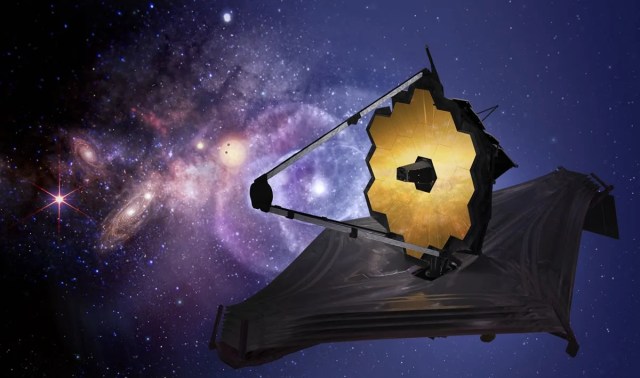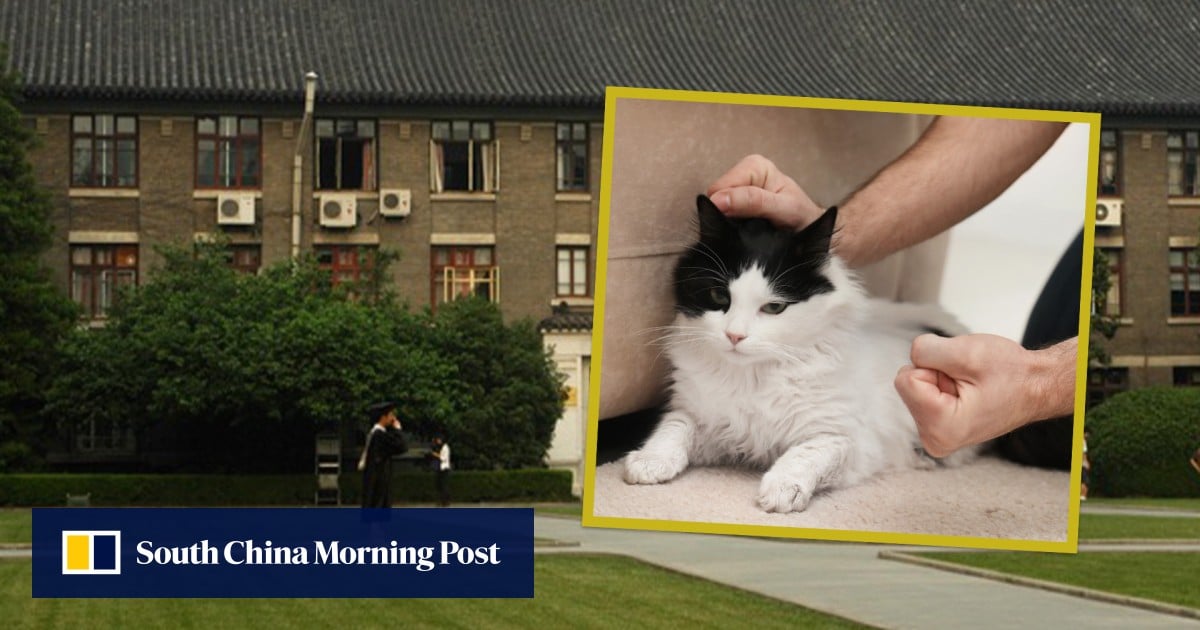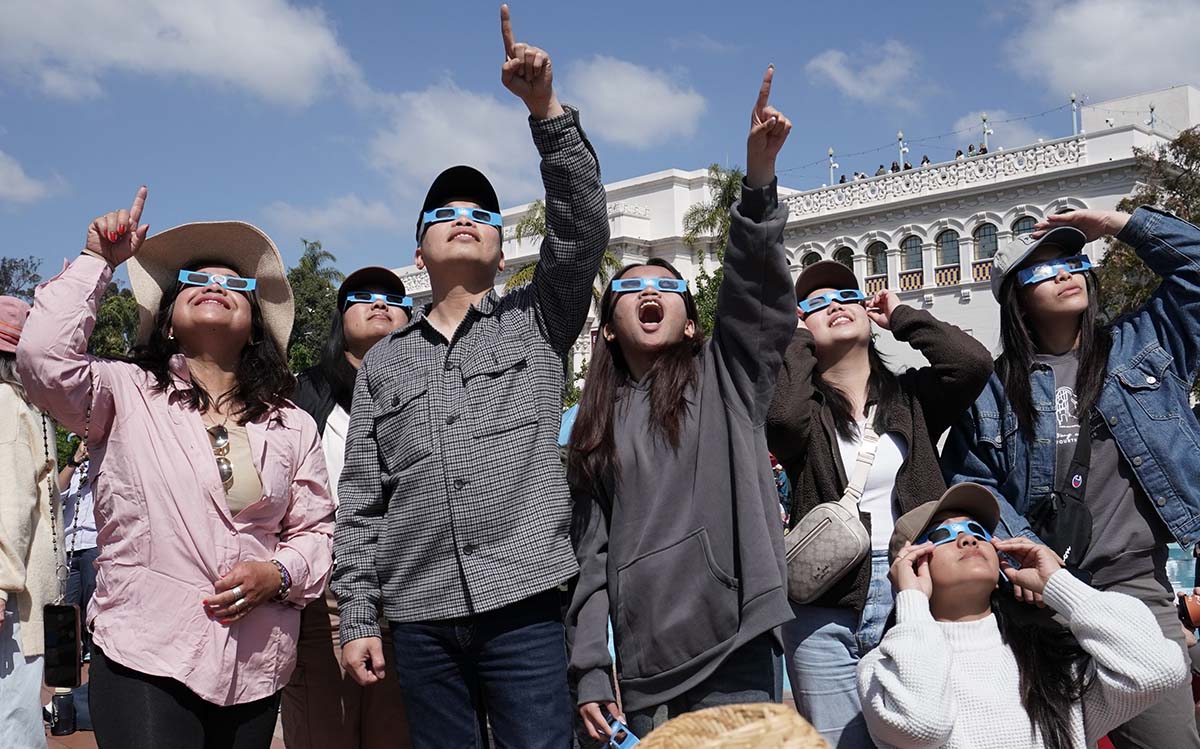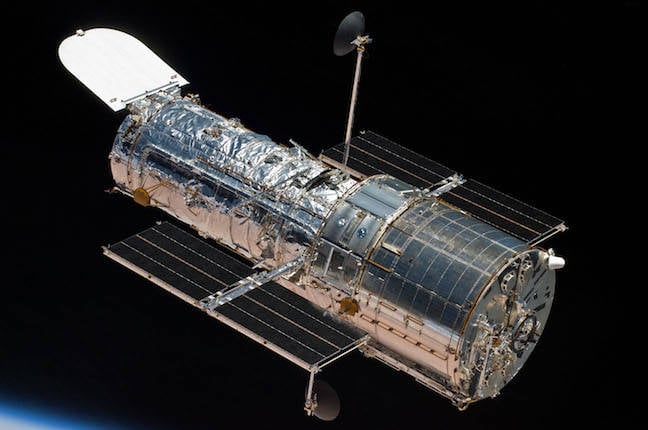NASA’s Hubble Space Telescope captured the image of starburst galaxy M82 in 2006. The small box at the galaxy’s core represents the portion observed by the NIRCam instrument on NASA’s James Webb Space Telescope. The Webb image, taken in 2019, shows red filaments corresponding to polycyclic aromatic hydrocarbon emission, which traces the shape of the galactic wind.
The Hubble image used different filters to capture light at various wavelengths, resulting in colors ranging from red to blue. For example, light at .814 microns appears red, .658 microns is red-orange, .555 microns is green, and .435 microns is blue. In contrast, the Webb image uses different filters to capture light at 3.35 microns (red), 2.50 microns (green), and 1.64 microns (blue).
By combining images from both telescopes, researchers can study M82 in greater detail. They can analyze the structure and composition of the galactic wind as well as other features within the galaxy. This collaboration between NASA, ESA, CSA, STScI, and researchers like A. Bolatto from the University of Maryland showcases the power of combining data from different telescopes to enhance our understanding of the universe.



